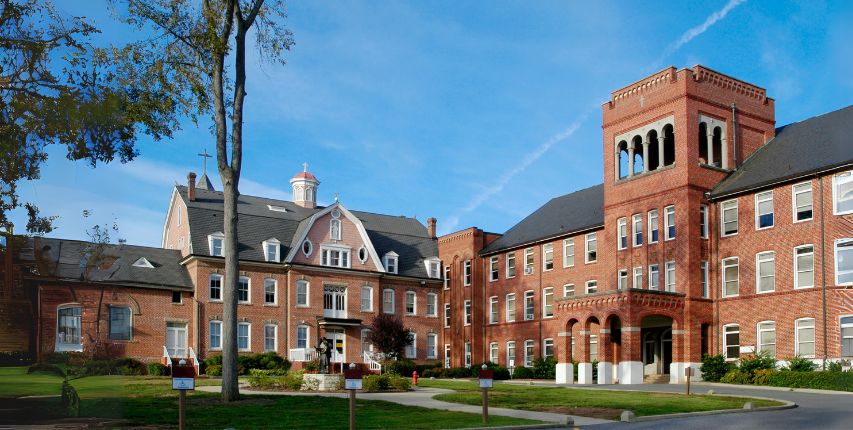In the realm of education, the physical environment plays a crucial role in shaping the learning experience of students. From classroom layouts to recreational spaces, the infrastructure of a school significantly impacts its ability to facilitate effective teaching and learning. At ZisBee Consultancy, we understand the importance of optimizing school infrastructure to maximize efficiency and create an environment conducive to academic success.
Assessing the Current Landscape
Before embarking on any optimization efforts, it’s essential to conduct a comprehensive assessment of the school’s current infrastructure. This involves evaluating factors such as classroom layout, use of space, accessibility, and overall functionality. By understanding the existing landscape, we can identify areas for improvement and develop tailored strategies to enhance efficiency.
Streamlining Operations
One of the primary goals of infrastructure optimization is to streamline school operations. This entails reevaluating how space is utilized and making adjustments to improve workflow and productivity. For example, we may recommend reconfiguring classroom layouts to facilitate better teacher-student interaction or redesigning common areas to encourage collaboration and socialization among students.
Enhancing Functionality
In addition to streamlining operations, infrastructure optimization focuses on enhancing the functionality of school facilities. This may involve upgrading equipment, improving technology integration, or implementing sustainable practices to reduce energy consumption. By modernizing infrastructure and embracing innovative solutions, schools can create a more dynamic and engaging learning environment for students.
Promoting Flexibility and Adaptability
Flexibility and adaptability are essential principles in modern education, especially in light of changing teaching methodologies and technological advancements. Through infrastructure optimization, schools can create spaces that are flexible and adaptable to evolving needs. This might involve incorporating modular furniture, flexible classroom configurations, or multipurpose spaces that can easily accommodate different activities and learning styles.
Conclusion
In conclusion, infrastructure optimization is a critical component of creating a conducive learning environment in schools. By maximizing efficiency, streamlining operations, and enhancing functionality, schools can better support the needs of students and educators alike. At ZisBee Consultancy, we’re committed to helping schools unlock their full potential through strategic infrastructure optimization. Together, we can create spaces that inspire learning, foster collaboration, and empower students to achieve their academic goals.




